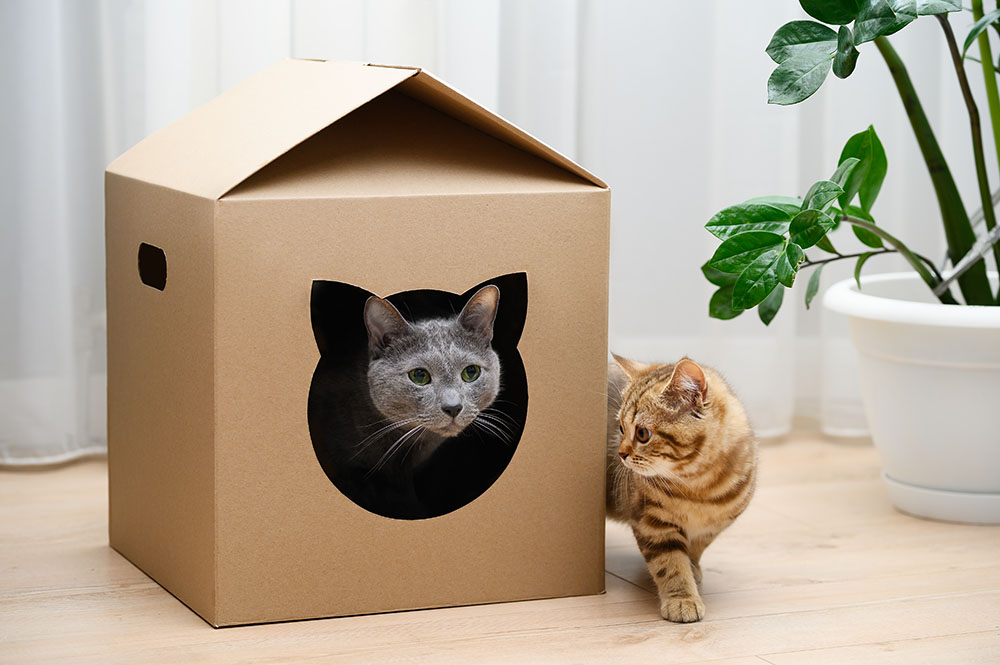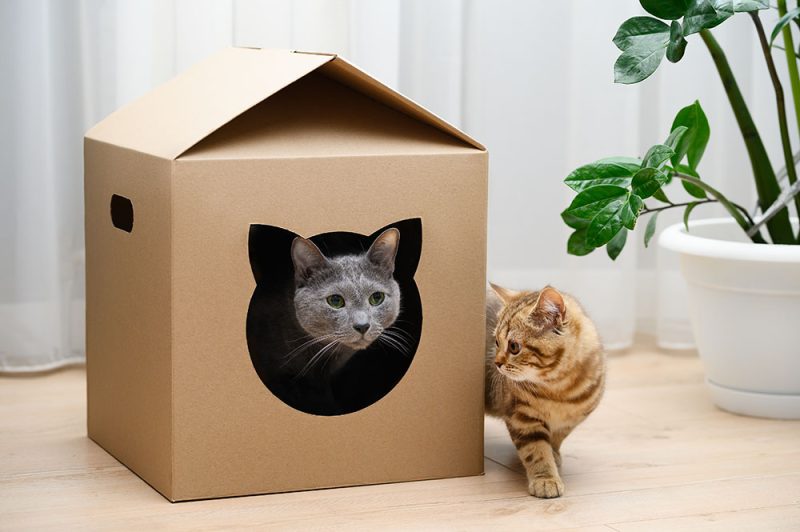Cats love to hang out in small, enclosed spaces, and cardboard boxes are popular choices. Some cats retreat to cardboard box hiding places when they’re looking for a bit of quiet time, and others find them great places to pounce on “prey” and entertain themselves.
If you have several boxes lying around the house, you may be wondering if there’s a particular size that cats tend to prefer so you can make the perfect cardboard cave for your buddy.
While cats are often happy to hang out in boxes of any size, most love to curl up in small spaces, so look for a box that’s nice and snug, but keep in mind that your cat may have different ideas and prefer something roomier.
Are There Ways to Spruce Up Cardboard Boxes for Cats?
If you’re looking for ways to elevate your cat’s cardboard box experience, consider putting a folded blanket or towel on the bottom to give your companion a soft, cozy place to sleep and hang out. A sprinkle of catnip or silver wine can make the space extra inviting.
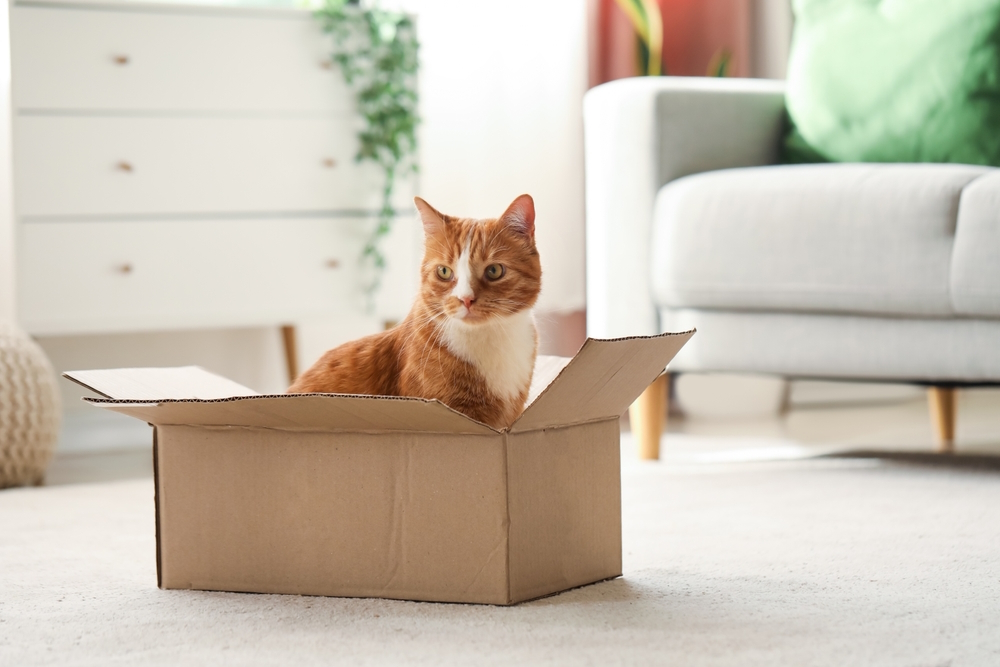
Why Do Cats Like to Hang Out in Cardboard Boxes?
Small, enclosed spaces help cats feel safe and secure. Some suggest that curling up in boxes reminds cats of the feeling they had when sleeping close to their mothers and siblings.
Cardboard boxes also provide insulation, and cats are notoriously warm-loving creatures. Cats generally enjoy curling up in snug spaces, and doing so may also relieve stress.
Cats in shelters, for example, are far less stressed when they have access to boxes in which to hide. Many simply enjoy jumping into and out of boxes with gleeful abandon.
What Are Some Other Common Cat Hiding Places?
Cats can be creative when finding places to curl up and relax. Closets and storage bins are popular places to nap and rest. The preference for snug spaces is likely what prompts cats to enjoy hanging out in suitcases and sinks. Many love to spend hours under bed covers; not only does your bed smell like you, but it’s also warm and quiet.
Laundry baskets are a riff on the theme; they’re enclosed and offer support for cats to curl up against. They also have the added benefit of allowing kitties to rest in clothes that smell like their favorite people. Those cats who relish hanging out in sinks may enjoy doing so in part because of the tight fit.
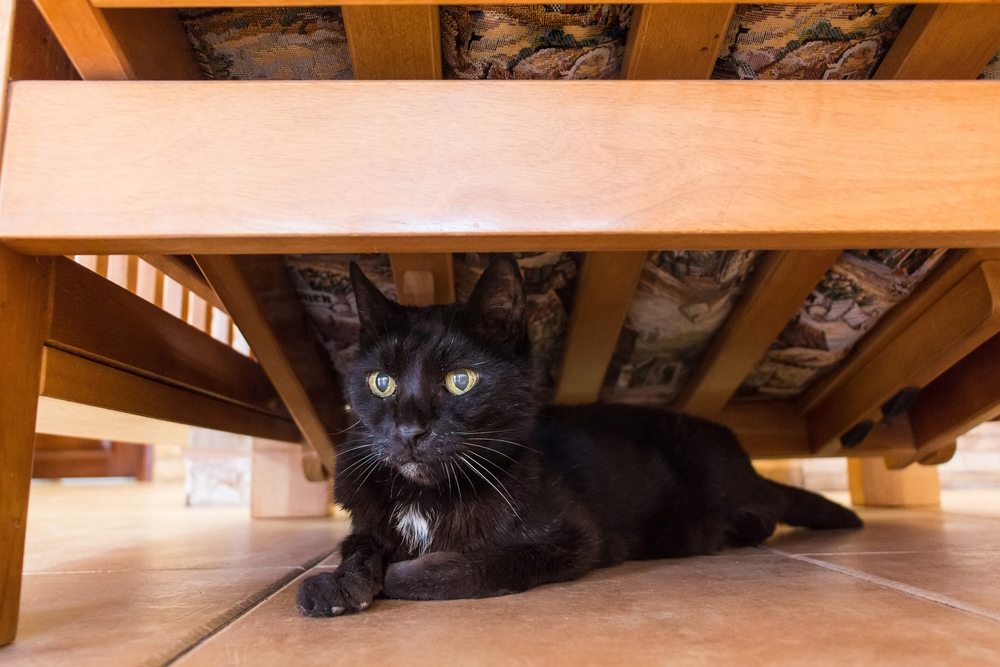
Are Other Options That Provide Some of the Same Benefits?
You can purchase or construct tunnels and caves that provide your cat with enclosed places to nap, or you can install a cat tree. Cat trees give cats high places to perch, which helps them feel safe and comfortable.
It’s possible to find trees with toys, scratchers, and elevated hiding places, making them great all-in-one play and relaxation centers.
Do Cats Hide When They’re Stressed?
Sometimes. Cats retreat to a hiding spot to avoid conflict; most prefer to move on when possible, so hiding can be (but isn’t always) a response to stressful situations.
Signs of stress include meowing and vocalizing excessively, peeing outside of the litter box, excessive grooming, aggression, lack of energy, and reduced appetite. It can also cause cats to have stomach issues.
Because cats often retreat to secluded places when attempting to cool down and put distance between themselves and whatever is triggering them, they should always be left alone when they’re hiding.
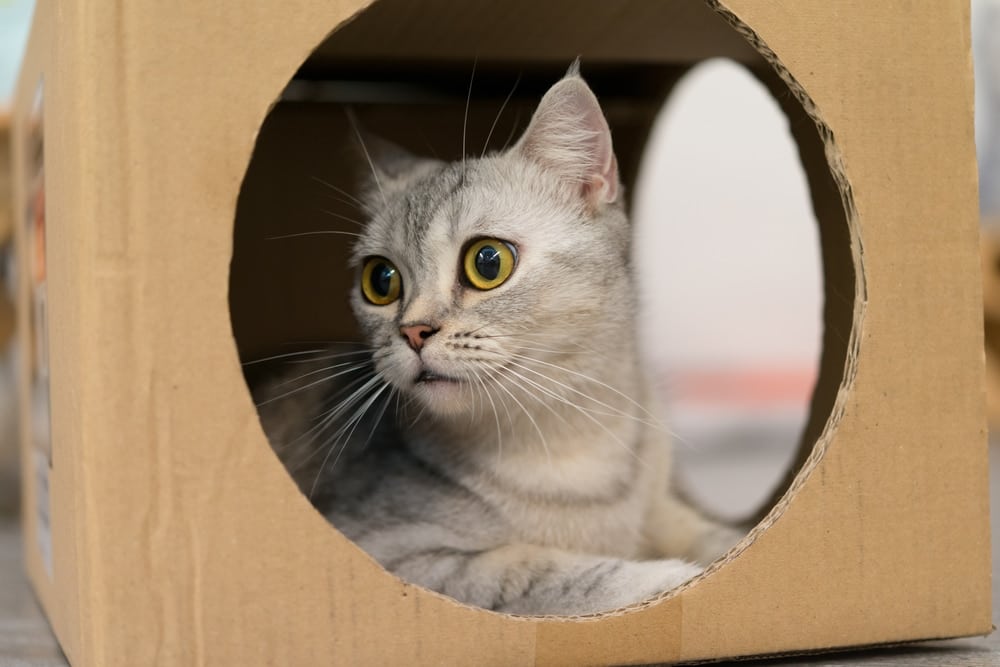
What Are Some Other Ways to Keep Cats Happy?
Physical activity and mental stimulation are key to keeping cats happy. Kitties are generally happiest when they enjoy regular play sessions and have lots of activities to keep them busy.
Physical Activity
Playtime provides physical activity and fun. It’s also a great way to keep cats nice and trim, which is one of the most important things pet parents can do to support their companions’ overall health.
Toys and Scratchers
Solo play toys give cats entertainment options they can enjoy when alone, and scratching posts provide appropriate places for them to revel in their natural need to unleash their claws.
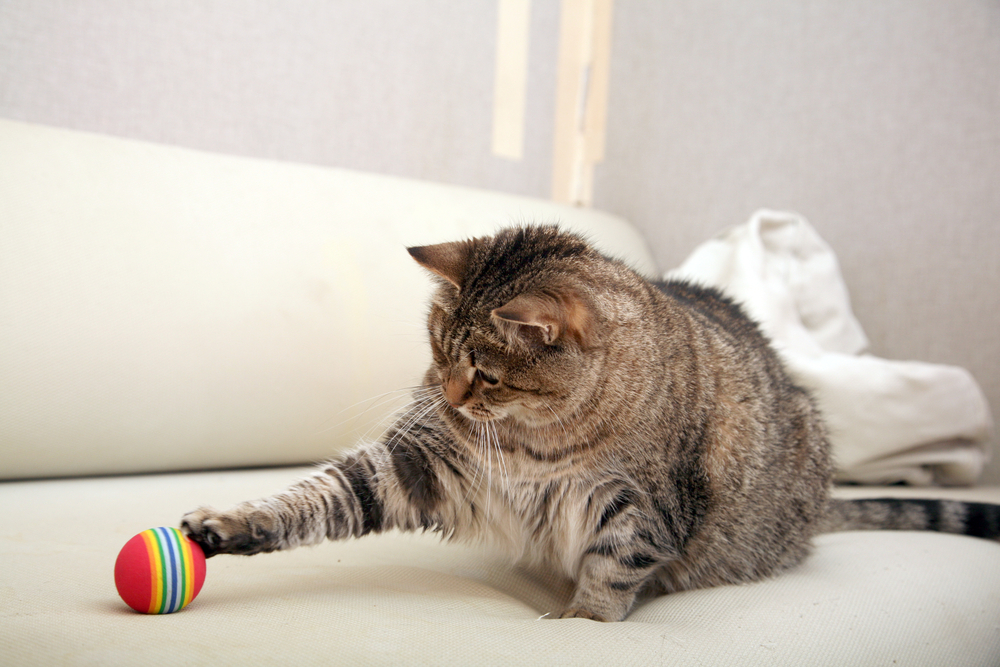
Window Perches, Enclosures, and Catios
Window perches let cats keep track of what’s going on outside, which can provide hours of entertainment. Catios and backyard enclosures allow cats to relax safely in the great outdoors so they can enjoy the sounds of chirping birds and the wind rustling through the trees.
Puzzle Feeders and Games
Many cats love mental challenges, and puzzle feeders and games can be great ways to keep them happy. Cats must learn how to get to the hidden treats, which provide mental stimulation.
You can make simple DIY puzzle toys with paper towel rolls if you’re looking for a quick way to provide your cat with entertainment and upcycle at the same time.
Training
Many cats enjoy training, which can be an excellent way for pet parents and their companions to spend time together. Some cats can learn how to sit and respond to their names.
They can also be trained to walk on leashes. Leashed walks allow indoor cats to enjoy the sights and sounds of the great outdoors. Positive reinforcement-based clicker training using treats and cuddles as rewards makes the process easier.
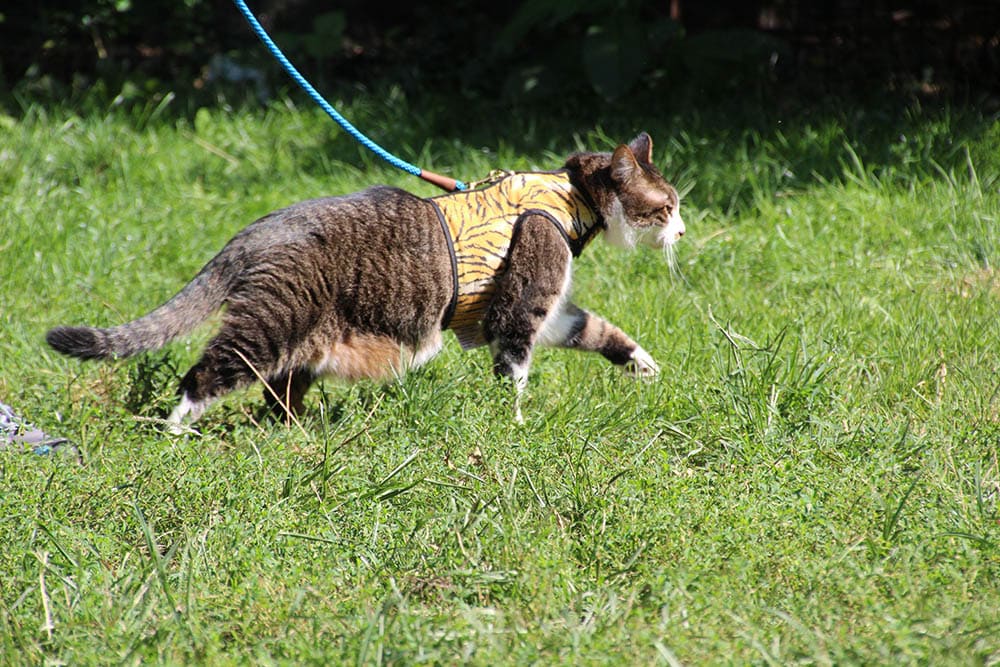
Conclusion
Cats enjoy relaxing and napping in small spaces, and cardboard boxes fit the bill. Although tunnels and cat caves give kitties places to hide and snooze in privacy, cats frequently gravitate toward cardboard boxes when looking for places to retreat.
Small boxes are usually best for most cats, particularly when spruced up with soft towels or blankets, but remember that some cats may enjoy cardboard boxes that provide a bit more room.
Featured Image Credit: rom_olik, Shutterstock
Contents
- Are There Ways to Spruce Up Cardboard Boxes for Cats?
- Why Do Cats Like to Hang Out in Cardboard Boxes?
- What Are Some Other Common Cat Hiding Places?
- Are Other Options That Provide Some of the Same Benefits?
- Do Cats Hide When They’re Stressed?
- What Are Some Other Ways to Keep Cats Happy?
- Physical Activity
- Toys and Scratchers
- Window Perches, Enclosures, and Catios
- Puzzle Feeders and Games
- Training
- Conclusion

